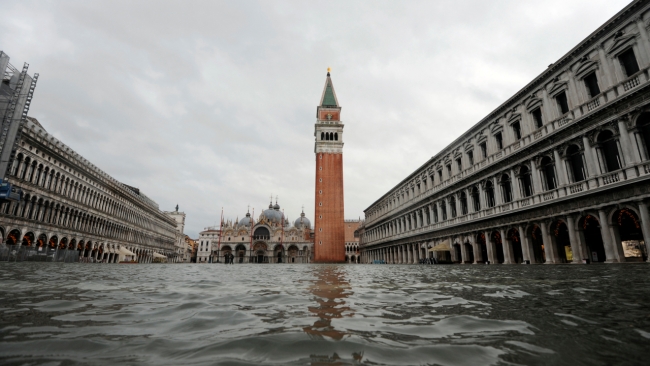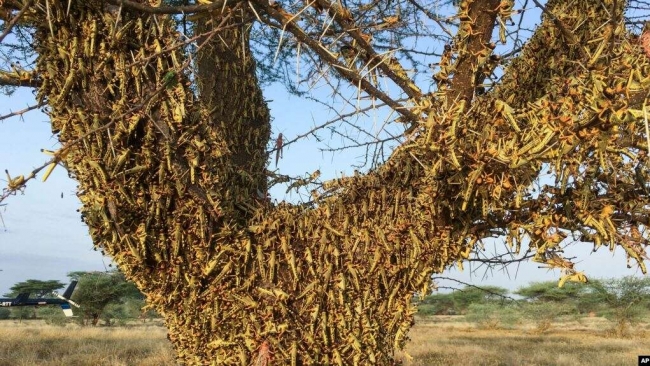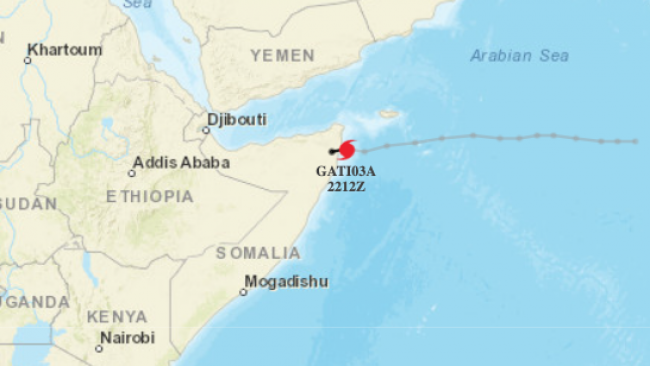Dimming the sun could reduce future drought risk in Cape Town – but there’s a catch

Despite a recent slight decline due to the COVID-19 pandemic, greenhouse gas emissions continue to accumulate in the atmosphere. They are projected to rise again once the economy recovers.
The current pledges by governments across the world to reduce emissions are insufficient to keep global warming within safe levels (that is, below 2°C). Although with recent developments in China and the US, the target might once again be within reach if all nations actually deliver on their pledges.
More radical proposals to reduce climate change risks are being debated. Among these is solar geoengineering (also called solar radiation management or modification). The most commonly proposed solar radiation management technique involves the deliberate injection of sulfur aerosols into the stratosphere – the layer of the atmosphere around 15km above Earth’s surface – to create a thin veil that would reflect a small amount of sunlight back to space. This in turn would cool Earth and offset greenhouse gas warming.
Read more at THE CONVERSATIONSource: THE CONVERSATION
Wed 9 Dec 2020 at 14:05





